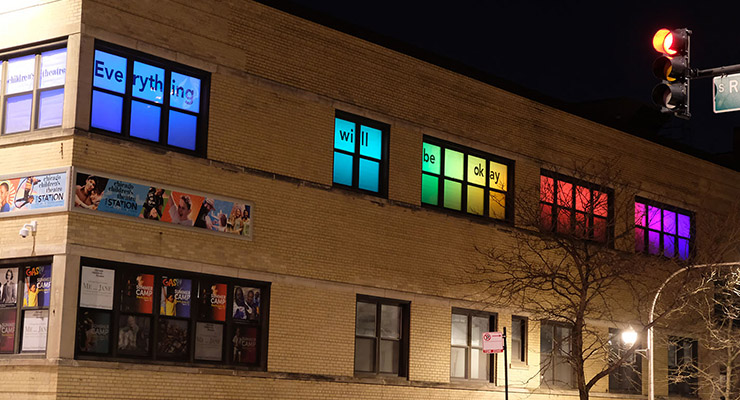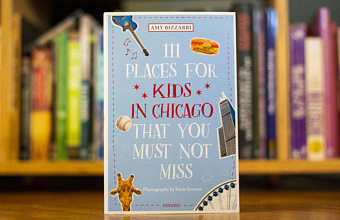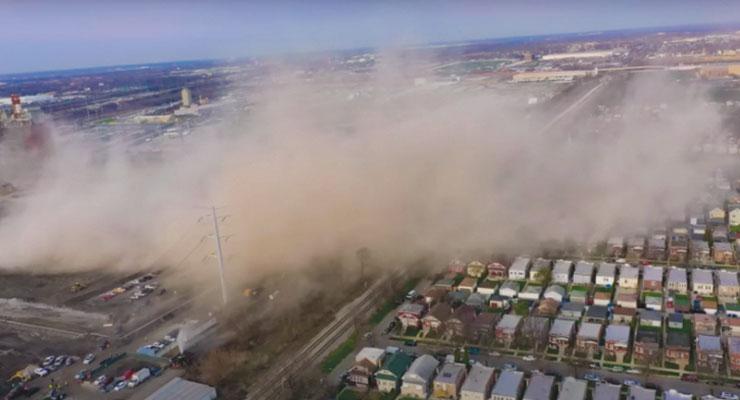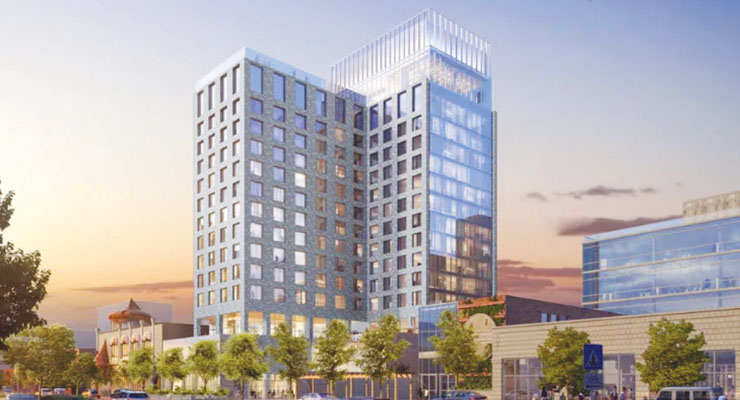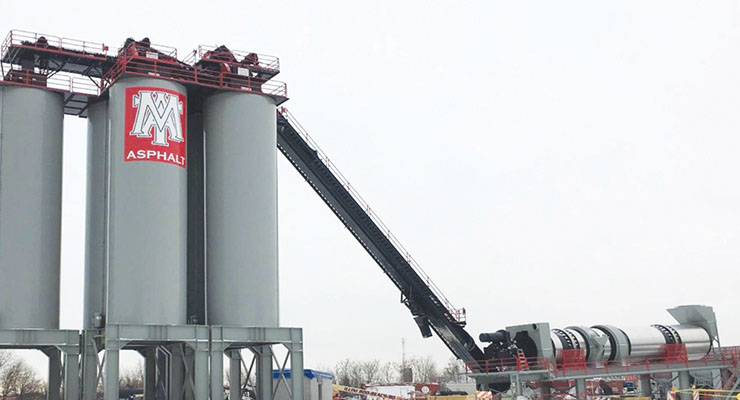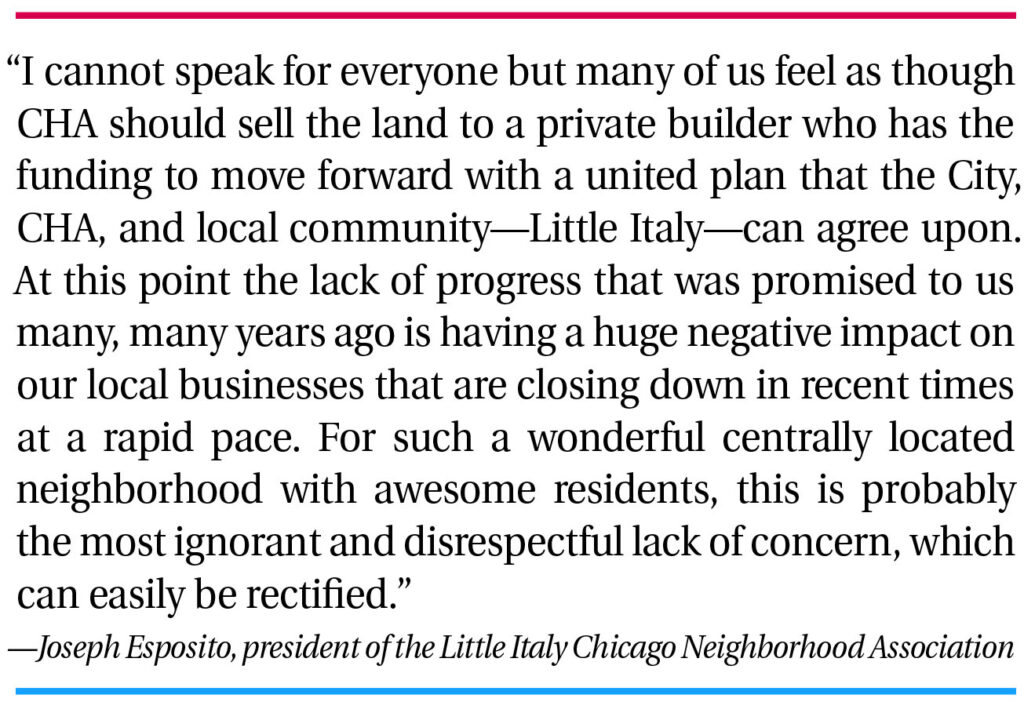State Rep. Kam Buckner (D-26th) is promoting a new resource webinar provided through the Illinois Department of Commerce and Economic Opportunity (IDCEO) to support small businesses negatively impacted by the ongoing coronavirus (COVID-19) outbreak.
“This unprecedented health crisis has caused profound harm to our local economy and has taken a severe toll on small businesses,” said Buckner. “That is why I want to promote this upcoming webinar to provide our community’s local businesses with important information on financial assistance.”

Buckner is promoting a resource webinar that will provide an opportunity to discuss Federal and State resources for small businesses. The webinar will be hosted virtually on Wednesday, May 20 at 2 p.m. Business owners can register for the resource webinar at https://bit.ly/2y5Ky0t
“In order to get Illinois back on track, we need to work together so that all small businesses can access financial protection and stability,” said Buckner. “I am committed to working with our business owners to ensure we have the resources we need to get through this crisis together.”
Residents can also stay informed on developments with the coronavirus pandemic by reviewing information provided on the State of Illinois’ exclusive website at www.coronavirus.illinois.gov. Residents who want to share their thoughts or require assistance on this matter or any other issue in the community can reach Buckner at (773) 924-1755 or by email at [email protected].

